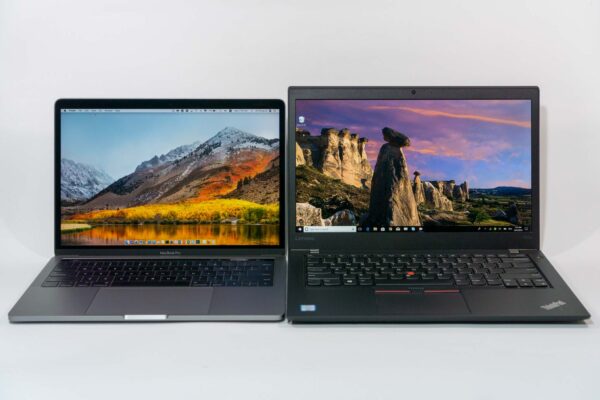
I’ve been a Mac user for a long time. For the last 6 weeks, however, I’ve been actively using a Windows PC as my primary computer at work. I wanted to test if Windows will work for me. It’s one thing to try Windows out casually, but quite another to totally depend on it like there was no other option available.
There are many reasons behind my current interest in Windows, Windows 10 in particular, and Windows computers as well. I’ll talk more about the reasons another time, but when anyone asks me, I like to give the short version, of one of those reasons, that there’s a conspiracy at work to make everyone use Windows. They do prefer everyone to use Windows after all.
I grew up with a compatible Apple II as my first computer. I’ve used a Mac continuously as my primary computer since 2004, when Macs still ran on PowerPC processors. That’s right, there was a time when Macs did not have an Intel processor in them. I don’t consider myself a Mac fan. Macs simply work, and I like them. But change happens, and here I find myself taking a serious look at Windows.
I am not unfamiliar with Windows. I review many Windows notebooks on this blog, so I think I am competent with Windows, though I’m clearly not a power user. The last six weeks has been an interesting learning journey for me.
Despite the common perception that the Windows operating system handicaps command line power users, I know there are a bunch of powerful tools and commands available. I’m just unfamiliar with them, as are probably many other users, but they are there. I’ve now learnt to become more familiar with a number of these facilities. There’s quite a bit of learning curve since Windows does things in their own unique way. With macOS, you could leverage on common Unix knowledge. Windows, however, is a whole different world, so you’ve to learn everything from the bottom.
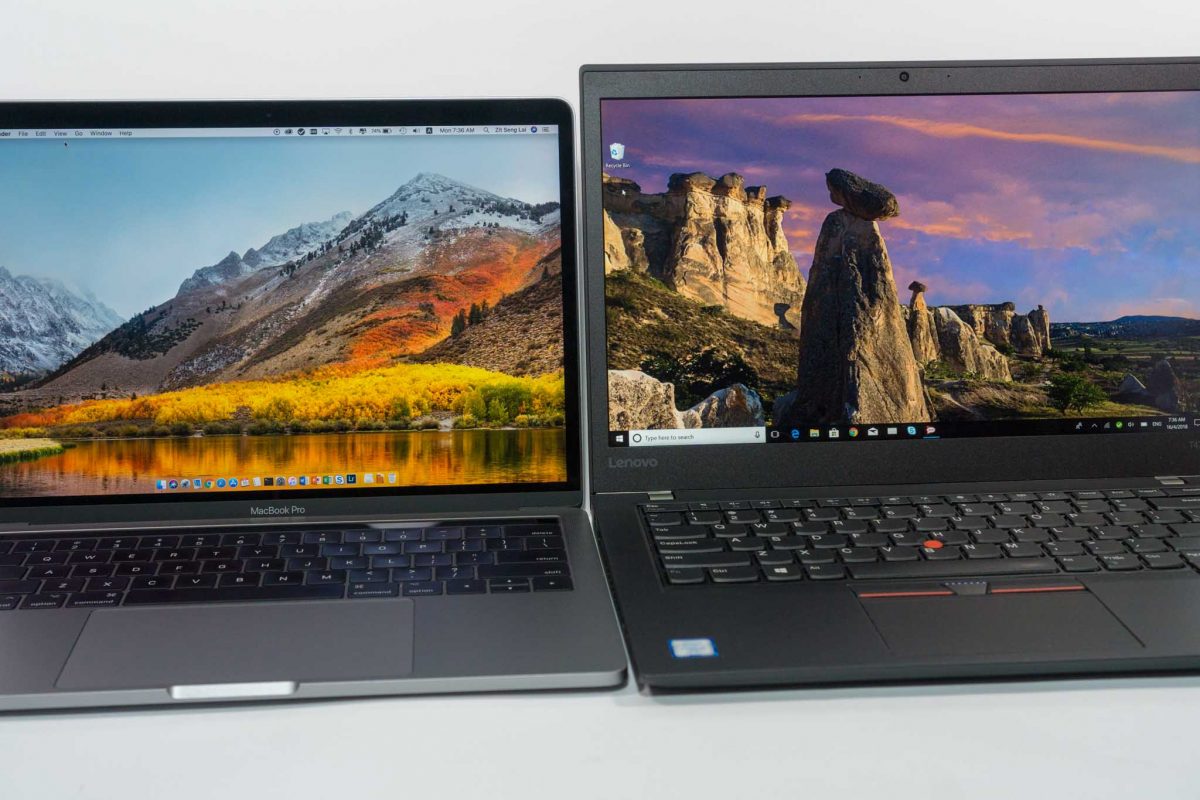
For the last six weeks, I’ve been using a Lenovo ThinkPad T470s. I also had a few other Windows laptops on-hand, but the T470s is the one that I used continuously every work day. Except for a couple of tasks I haven’t figured out how to carry over to the T470s, I resisted the urge to return back to the MacBook Pro. I mostly managed to get comfortable with the T470s. No, wait, I managed to tolerate the T470s. I wasn’t really comfortable with it, but I could use it.
When moving to the land of Windows 10, it’s not only about using Windows 10 itself that you need to deal with, but also the hardware that runs Windows 10. The ThinkPad T470s is probably a fine business notebook for many people, but I wasn’t at all impressed with it. It’s not about the size or form factor of the notebook. It’s that the screen is bad, and the touch pad is so miserably small. My T470s has a Full HD display, so perhaps you may say it surely it can’t be compared with the MacBook Pro’s Retina display. I agree, but that’s not the point. There are other Full HD displays that are much better. For example, the ASUS ZenBook 3 Deluxe and ZenBook Flip S I had on-hand, both also having Full HD displays, were so much better than that on the T470s.
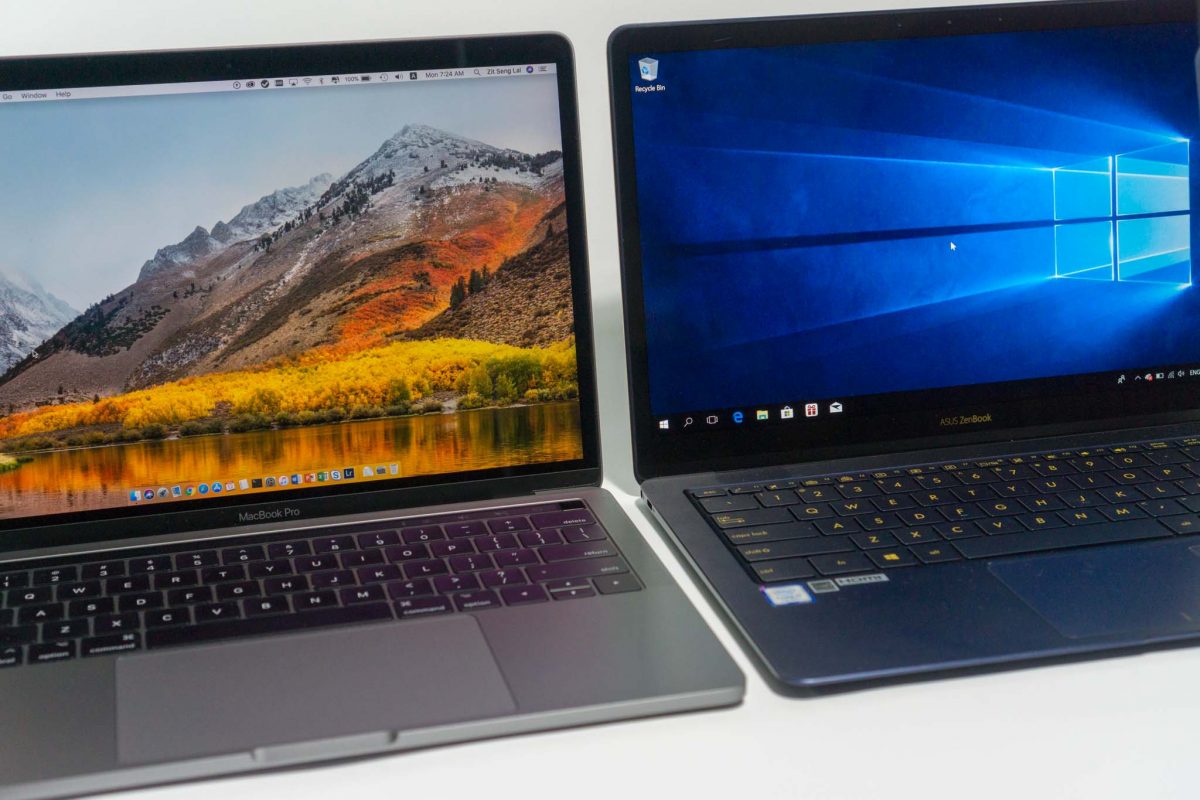
I’m not unfamiliar with the ThinkPad’s legendary TrackPoint. I did own a ThinkPad X21 a long way back in 2001 or thereabouts. I didn’t hate the TrackPoint back then, but in this era, I feel the TrackPoint is unsuitable. If I don’t like it, I can just don’t use it right? Well, sort of. Except that its buttons are now taking up precious space that could have been used for a larger touch pad. The X21 didn’t have a touch pad to compete for space.
A big part of the Mac experience is the joy you get out of using the hardware. It’s a package that encompasses beautiful design, style, build quality, function, usability, and an overall completely satisfying user experience. I can use the T470s, but I don’t enjoy using it at all. In fact, for me, it was only barely tolerable.
It’s not that there aren’t great Windows hardware, but I haven’t quite found anything on the same level as the MacBook Pro. I’ve poured over devices from ASUS, Lenovo, HP, and Microsoft. Even disregarding prices and market availability, there just aren’t any comparable options. There are many commendable efforts though.
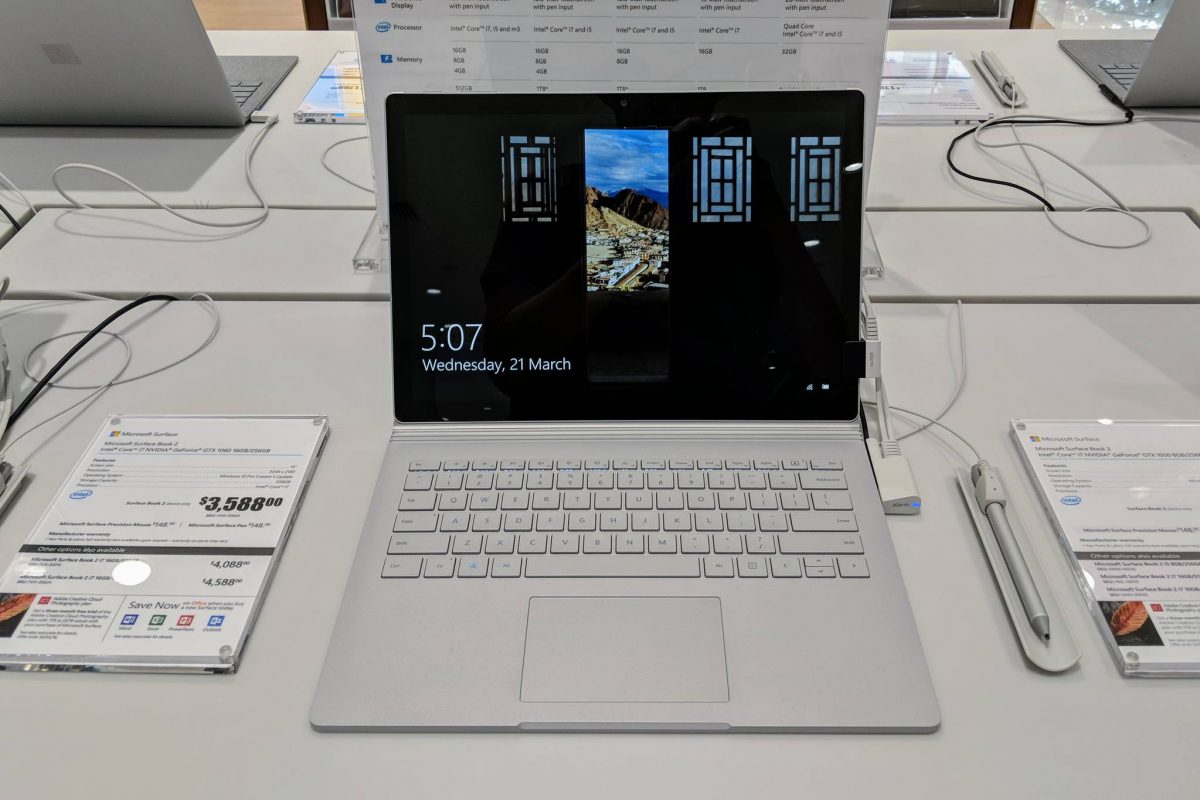
For example, I like many things about the Microsoft Surface Pro, Surface Book 2, and Surface Laptop. They are really good, but that’s partly because they are unique and innovative in what they have to offer. That’s not the same thing as being enjoyable to use, or sporting admirable design quality. I’m not saying they aren’t enjoyable to use, nor lacking design strengths, but that they just aren’t at that same level of the MacBook Pro. It’s also disappointing that Microsoft hasn’t updated the Surface Pro and Surface Laptop with 8th generation Intel processors, and while the Surface Book 2 does, it’s USB Type-C port doesn’t handle Thunderbolt 3.
There is one area that Windows devices are ahead of Macs: touch screen and pen input support. I wished Macs had them, and I’m disappointed that they don’t.
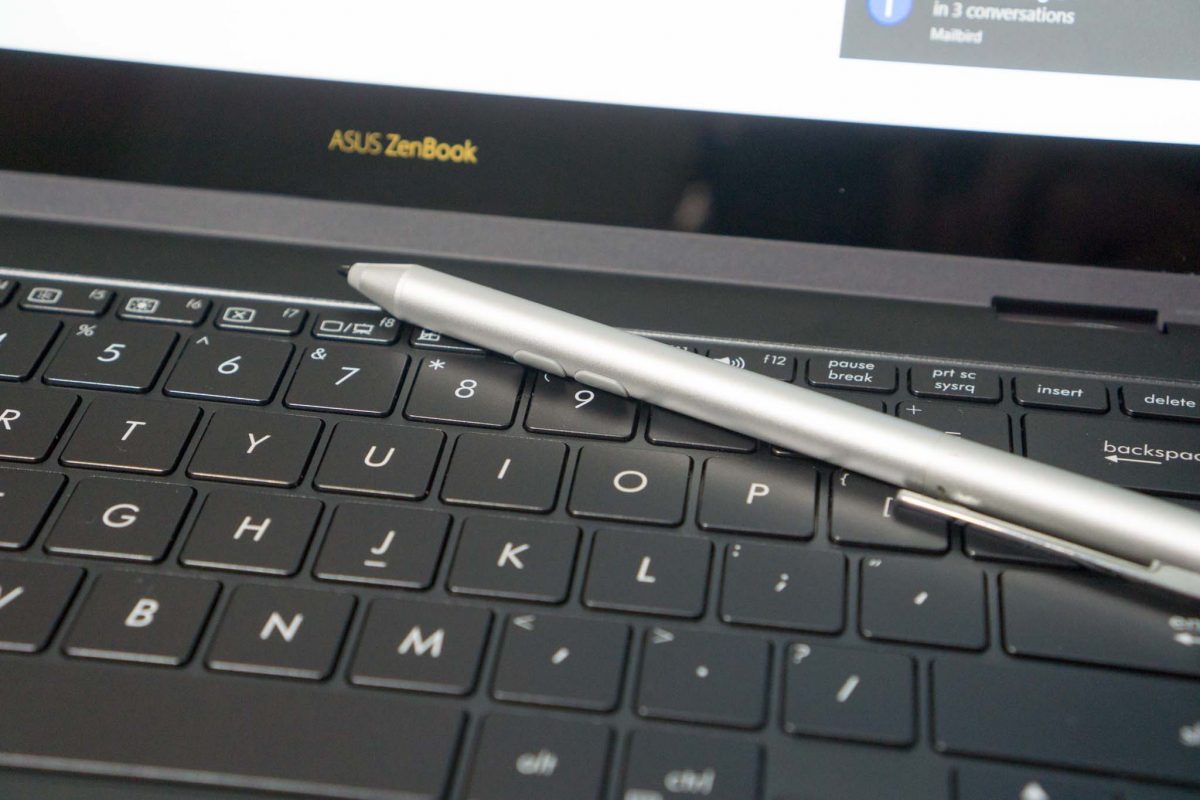
Can I have the MacBook Pro hardware, turn that into a two-in-one convertible device, then add touch and pen input support? Is that too much to ask?
I’ve been ranting on about hardware, because to me, the hardware is as important as the software. Let me move on to the software now, though I won’t repeat the gripes I wrote in my Windows post last month. (Please do read that post!)
Windows 10 has greatly improved from the many generations of Windows before it. I very much like to give Windows 10 a chance, and look at it again with a fresh pair of eyes, without prejudice from the past eras. There are any good things to like about Windows 10. Many features and capabilities are built into Windows 10. Things like malware protection, which I thought ought to be built into the operating system, is provided through a decent Windows Defender, far better than what macOS has to offer. However, there are still a few areas that Windows 10 needs improvement.
Not Microsoft’s fault per se, but many Windows apps have really crappy, dated, user interface designs. They look like they hail from Windows 95 era, even if the apps are much newer. Sometimes I even wonder if they were inspired by Windows 3.1. Microsoft, unfortunately, isn’t setting a good example since they themselves are guilty of such inconsistent user interfaces and app experiences. Just look at the new Settings app, versus the old Control Panel app. They look very different, like as if the latter team didn’t get the internal memo on the new Windows 10 interface design guidelines. Worse still, the two apps seem to serve the same general purpose, but one doesn’t replace the other. The variety of configuration tasks seem to be randomly split between the two apps.
Windows 10 also hasn’t gotten HiDPI support working consistently across all the apps. I don’t want to get into details about whose fault that is. I’m longing to see a proper Time Machine equivalent built into Windows 10.
I must admit there aren’t many things macOS can do that Windows 10 cannot do these days. The main difference lies in how polished the experience is on the Mac. Windows 10 will catch up, no doubt. Microsoft seems to be moving faster than Apple is ever since the launch of Windows 10.
For Linux users, and perhaps those in the open source developer community, the Windows Subsystem for Linux (WSL) seems like a really cool feature. As a Unix system administrator, I don’t think WSL is good enough. Many things don’t work for me because, ultimately, this is not a Linux system. However, the situation for web developers is different. WSL can offer a Ubuntu environment that might be more familiar, convenient, and works better than the BSD-based macOS. You may have read that many programmers use Macs. For these programmers, I think Windows 10 with WSL, depending on what sort of programming they do, is a viable platform to switch to.
The big question is, can I switch to Windows 10? It’s not just about the operating system and applications. There’s also the question of hardware to consider. Apple, on the other hand, makes choices much easier by giving you a small finite set of options. It’s good to have more choices, but pointless if none of them are good.
I’m actually considering a HP Elitebook 840 G5 or a Thinkpad T480s. For both these laptops, you can get both 45W quad-core rivalling performance with their enhanced cooling.
You also get 24GB RAM too or 32GB for HP, vs 16GB for mac.
Maybe I’ll try to live with linux on them.
Wah, that’s like desktop-class power. 🙂 I’ll still prefer an ultra-light device, just have decent performance for office work, entertainment, and casual development stuff.